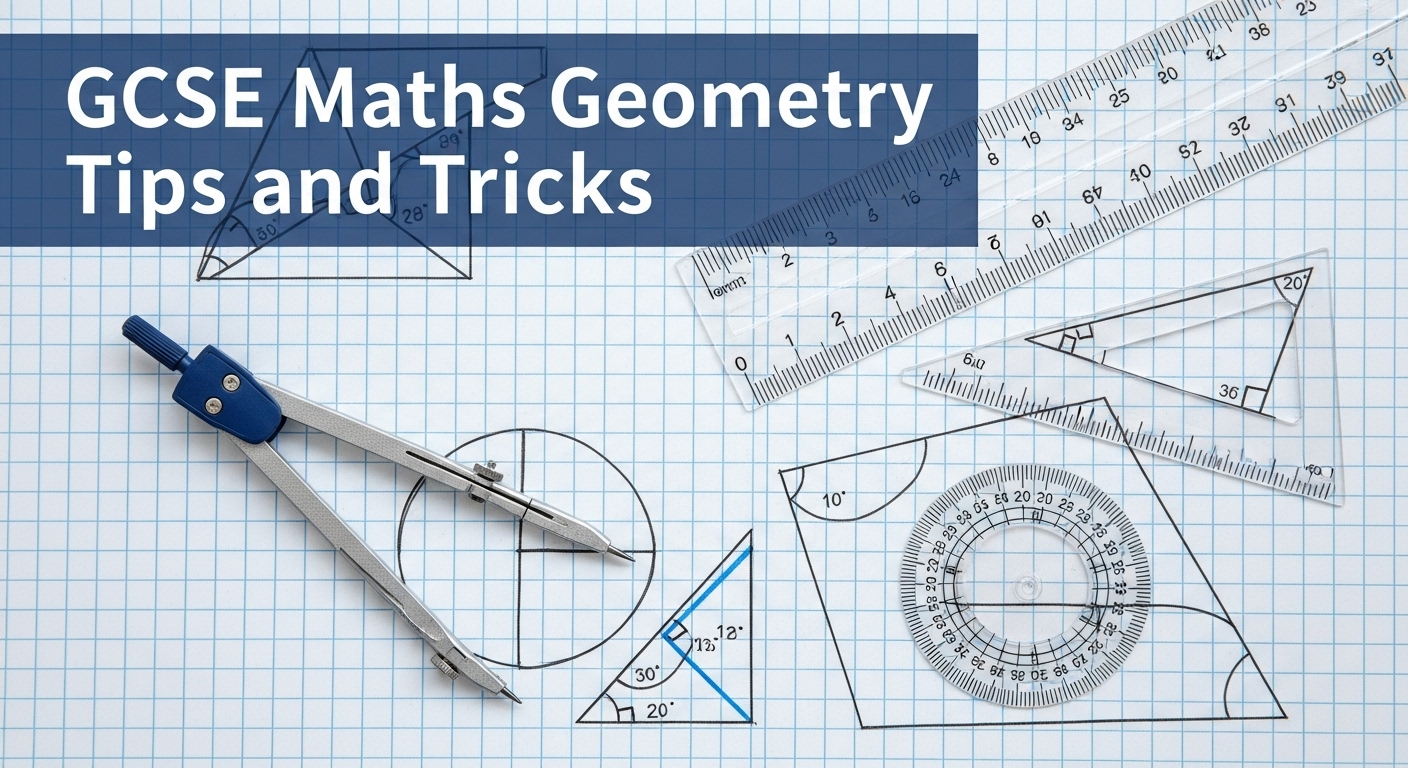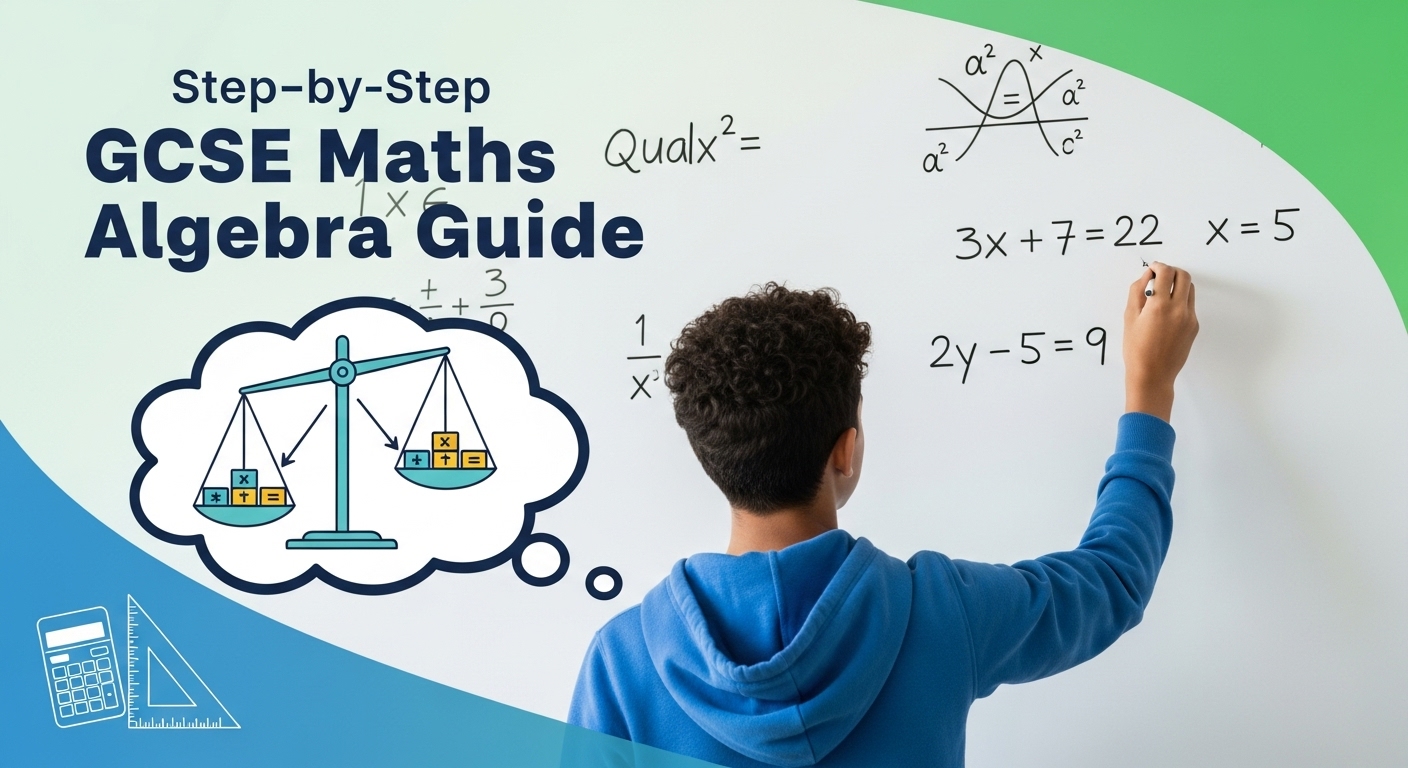Algebra is often called the gateway to higher mathematics, and for good reason. It’s the foundation for calculus, physics, engineering, and many other fields. But for many students, algebra can feel like a maze of variables, equations, and unknowns. The good news? Solving algebra problems doesn’t have to be intimidating. With the right strategies and mindset, you can tackle algebra like a pro. Here’s how.
- Understand the Basics
Before diving into complex problems, make sure you have a strong grasp of the fundamentals:
- Variables: Symbols (like x or y) that represent unknown values.
- Equations: Statements that show the equality of two expressions.
- Operations: Addition, subtraction, multiplication, and division.
Example:
Solve for x in the equation:
2x+3=72x+3=7
Solution:
Subtract 3 from both sides:
2x=42x=4
Divide both sides by 2:
x=2x=2
Action Step: Review basic algebraic concepts like simplifying expressions, solving linear equations, and working with exponents.
- Follow a Step-by-Step Approach
Algebra problems can seem overwhelming, but breaking them down into smaller steps makes them manageable. Here’s a general framework:
- Read the problem carefully: Understand what’s being asked.
- Identify what you know: List the given information.
- Define the unknown: Determine what you need to find.
- Set up the equation: Translate the problem into an algebraic equation.
- Solve the equation: Use algebraic techniques to find the solution.
- Check your answer: Verify that your solution makes sense in the context of the problem.
Example:
A number increased by 5 is equal to 12. Find the number.
Solution:
Let the number be x.
Set up the equation:
x+5=12x+5=12
Solve for x:
x=12−5x=12−5
x=7x=7
Action Step: Practice solving problems using this step-by-step method.
- Master Key Algebraic Techniques
To solve algebra problems efficiently, you need to be comfortable with these techniques:
- Simplifying Expressions: Combine like terms and use the distributive property.
- Solving Linear Equations: Isolate the variable using inverse operations.
- Factoring: Break down expressions into simpler components.
- Working with Fractions: Find common denominators and simplify.
- Using Formulas: Apply formulas for areas, perimeters, and other quantities.
Example:
Simplify the expression:
3(x+4)−2×3(x+4)−2x
Solution:
Distribute the 3:
3x+12−2×3x+12−2x
Combine like terms:
x+12x+12
Action Step: Focus on one technique at a time and practice until you’re confident.
- Practice Problem-Solving Strategies
Different types of algebra problems require different strategies. Here are some common ones:
- Guess and Check: Make an educated guess and test it.
- Work Backwards: Start with the desired outcome and reverse-engineer the steps.
- Look for Patterns: Identify recurring themes or structures in the problem.
- Draw Diagrams: Visualize the problem using graphs or charts.
Example:
Solve for x:
x2−5x+6=0x2−5x+6=0
Solution:
Factor the quadratic equation:
(x−2)(x−3)=0(x−2)(x−3)=0
Set each factor equal to zero:
x−2=0orx−3=0x−2=0orx−3=0
Solve for x:
x=2orx=3x=2orx=3
Action Step: Experiment with these strategies to see which ones work best for you.
- Learn to Translate Word Problems into Equations
Word problems are a common stumbling block in algebra. The key is to translate the words into mathematical expressions. For example:
- “Five more than twice a number” translates to 2x + 5.
- “The product of a number and three” translates to 3x.
Example:
The sum of a number and 7 is 15. Find the number.
Solution:
Let the number be x.
Set up the equation:
x+7=15x+7=15
Solve for x:
x=15−7x=15−7
x=8x=8
Action Step: Practice converting word problems into equations. Start with simple ones and gradually tackle more complex scenarios.
- Use Visual Aids
Visualizing algebra can make it easier to understand. For example:
- Use number lines to solve inequalities.
- Draw graphs to represent linear equations.
- Create tables to organize data and spot patterns.
Example:
Graph the equation:
y=2x+3y=2x+3
Solution:
Plot the y-intercept at (0, 3) and use the slope (2) to find another point. Draw a line through the points.
Action Step: Incorporate visual aids into your problem-solving process.
- Check Your Work
Mistakes happen, but catching them early can save you time and frustration. Always double-check your work by:
- Plugging your solution back into the original equation.
- Ensuring your answer makes sense in the context of the problem.
- Reviewing each step for errors.
Example:
Solve for x:
3x−4=113x−4=11
Solution:
Add 4 to both sides:
3x=153x=15
Divide both sides by 3:
x=5x=5
Check:
Plug x = 5 back into the original equation:
3(5)−4=15−4=113(5)−4=15−4=11
The solution is correct.
Action Step: Make checking your work a habit.
- Practice Regularly
Algebra is a skill, and like any skill, it improves with practice. Set aside time each day to solve algebra problems. Start with easy problems and gradually increase the difficulty.
Example:
Solve for x:
x2+3=72x+3=7
Solution:
Subtract 3 from both sides:
x2=42x=4
Multiply both sides by 2:
x=8x=8
Action Step: Use textbooks, online resources, or apps like Khan Academy or IXL for practice problems.
- Seek Help When Needed
If you’re stuck on a problem or concept, don’t hesitate to ask for help. Join study groups, consult your teacher, or use online forums like Math Stack Exchange.
Action Step: Identify resources like tutors, YouTube channels, or online courses that can provide additional support.
- Stay Positive and Persistent
Algebra can be challenging, but don’t let frustration get the best of you. Celebrate small victories, learn from mistakes, and keep pushing forward. Remember, even the best mathematicians started where you are now.
Action Step: Adopt a growth mindset and remind yourself that every problem you solve brings you closer to mastery.
Real-World Applications of Algebra
To stay motivated, remember how algebra is used in real life:
- Finance: Calculating interest, loans, and investments.
- Engineering: Designing structures and optimizing systems.
- Science: Modeling natural phenomena and analyzing data.
- Technology: Developing algorithms and software.
Final Thoughts
Solving algebra problems like a pro isn’t about being a “math genius”—it’s about having the right strategies, practicing consistently, and staying persistent. By following these 10 tips, you can build confidence, improve your skills, and unlock the power of algebra. Remember, every problem you solve is a step closer to success.
FAQs About Solving Algebra Problems
- Why is algebra so hard?
- Algebra can be challenging because it involves abstract thinking and problem-solving. However, with practice and the right approach, it becomes easier.
- How can I get better at algebra fast?
- Focus on the basics, practice regularly, and seek help when needed. Consistency is key.
- What’s the best way to study for an algebra test?
- Review key concepts, solve practice problems, and focus on understanding rather than memorization.
- Can I learn algebra on my own?
- Yes! With online resources, textbooks, and dedication, self-study is possible.
Call to Action
Ready to conquer algebra? Start today by reviewing the basics and practicing problems. For more tips, tutorials, and resources, explore MathZem.com and join our community of math enthusiasts. Let’s make algebra fun and stress-free!






